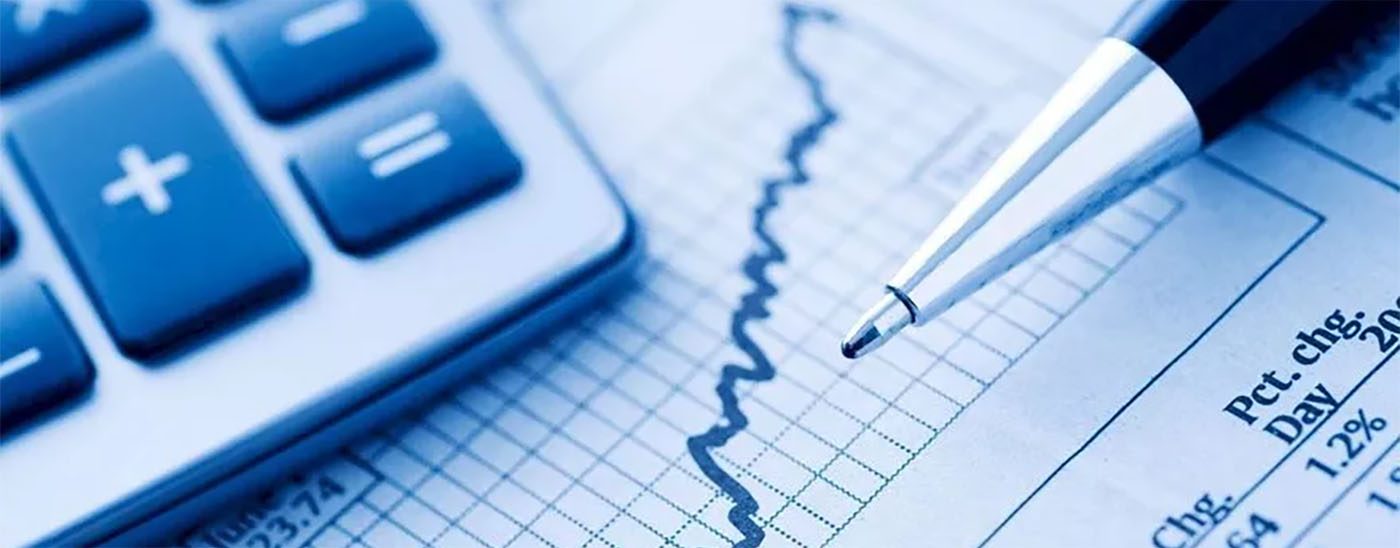What is a contract for difference?
A contract for difference (CFD) is a bargain between two parties in which one party agrees to compensate the other for any changes in the value of an asset throughout the contract. CFDs are commonly used to gamble on the price fluctuations of financial assets such as shares, commodities, currencies, indices, and treasuries.
What are the benefits of trading CFDs?
CFD trading offers many advantages over other investment vehicles, such as traditional shares and spot Forex trading. These advantages include:
Leverage
CFDs allow traders to access significant capital with a relatively small investment. This leverage can work both ways, magnifying both profits and losses.
Margin
Margins on CFD trades are typically much lower than those required for traditional shares or spot Forex trading. It allows traders to enter more prominent positions than they would otherwise be able to afford.
Shorting
CFDs can be sold short, allowing traders to profit from falling prices. It’s impossible with traditional shares as you can only sell shares you already own.
24-hour trading
CFDs can be traded around the clock, providing opportunities to trade when traditional markets are closed.
What are the risks of trading CFDs?
CFD trading is a high-risk activity, and losses can exceed your deposits. It would be best to only trade with money you can afford to lose. Before deciding to trade, you should think about your investment goals, level of expertise, and risk tolerance.
CFDs are sophisticated products with a significant risk of losing money rapidly due to leverage. When trading CFDs, 74 and 89 per cent of retail investor accounts lose money. Whether you understand how CFDs operate and whether you can afford to take the high chance of losing your funds are questions you should ask yourself.
How to use CFDs?
They can speculate on the price movement of various financial assets. The most popular CFDs are based on shares, commodities, currencies, and indices. When trading CFDs, you will enter into a contract with the CFD provider. This contract will specify the asset, the price at which it will be traded, and the amount you are willing to trade (known as your position size).
For example, let’s say you wanted to trade Apple shares using CFDs. You would open a position by entering into a contract with a CFD provider. This contract would specify that you were willing to trade 100 Apple shares at $200 each. If the price of Apple shares rose to $210, you would make a profit of $100 (10 x $10). If the price fell to $190, you would lose $100 (10 x -$10).
It is important to remember that your profit or loss will be based on the total value of your position, not just the amount you have invested. So, if you enter into a contract to trade 100 Apple shares at $200 and the price rises to $210, your profit will be 10% of the total value of your position ($2,000), not 10% of your investment ($200).
It’s why leverage can be both a blessing and a curse. It magnifies both profits and losses.
When should I use CFDs?
CFDs can speculate on the price movement of a wide variety of financial assets. The most popular CFDs are based on shares, commodities, currencies, and indices.
CFDs can be an attractive option for traders looking to take advantage of leveraged positions in the market. It’s essential to remember that leverage can magnify profits and losses. Therefore, CFDs may not be suitable for all investors. It would be best to only trade with money you can afford to lose.
Bottom line
If you are thinking about trading CFDs, it is essential to research and choose a reputable CFD provider. Make sure you understand how CFDs work and consider whether you can afford to take the high risk of losing your money. If you are interested in CFDs, contact Saxo Bank today.





